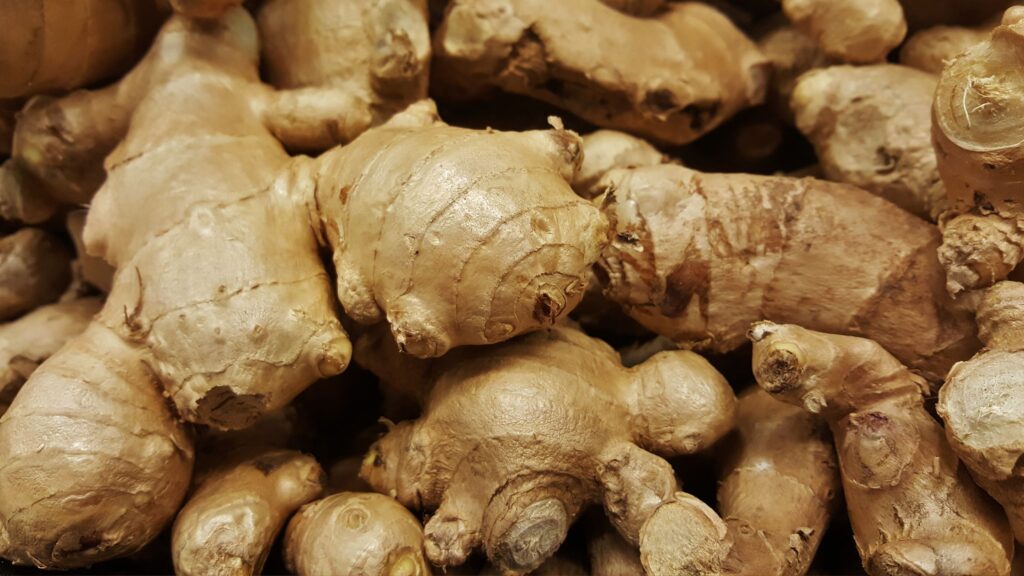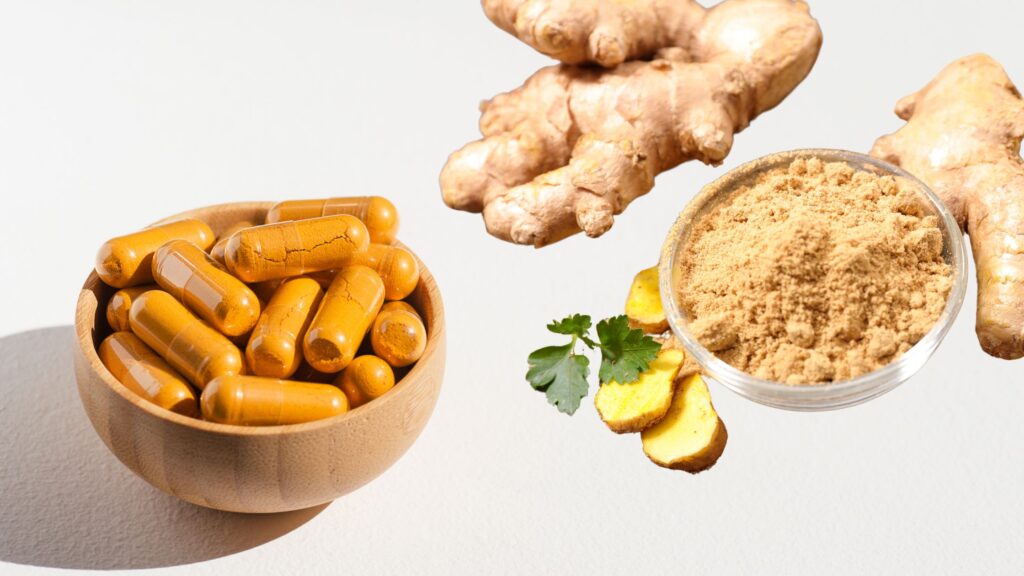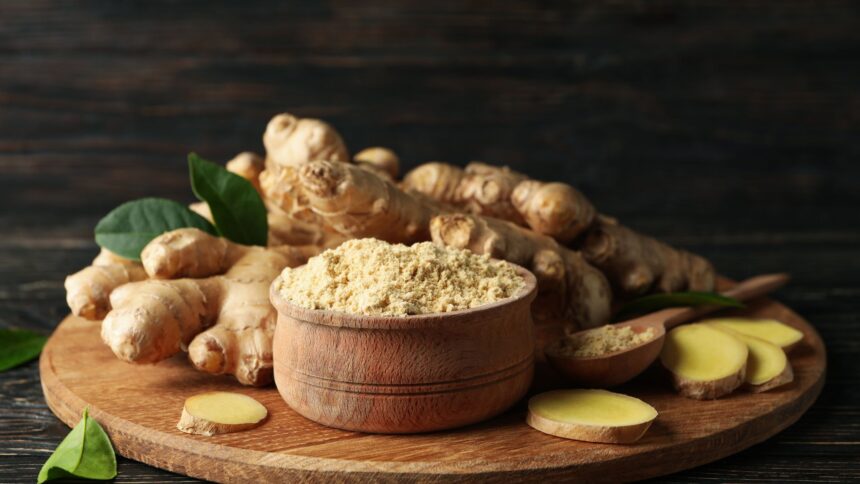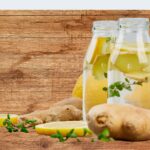The Healthiest Way to Use Ginger in Your Diet
For years, I’d often hear about the many health benefits of ginger but never really knew the best way to incorporate it into my daily routine. Like many folks, I just figured I’d grab some ginger ale from time to time or maybe sprinkle a tiny bit onto my sushi every once in a while. But there had to be a healthier approach, right? That’s when I decided it was time to dive deeper and uncover the optimal methods for maximizing ginger’s healing power.
My research revealed ginger contains anti-inflammatory and antioxidant compounds that can soothe sore muscles, calm an upset stomach, and potentially help reduce chronic pain. Intrigued by these promising wellness perks, I was eager to start benefiting from this root’s healing qualities on a regular basis. However, as with any supplement or addition to one’s diet, there are wiser choices and less than ideal approaches. As someone looking to support my health in a balanced, sustainable way, I wanted to truly understand the most wholesome strategies.
1. Grating Fresh Ginger for Maximum Nutrition

One thing became very clear – consuming ginger in its fresh, raw form allows you to access the highest concentration of nutrients. When ginger is dried, cooked, or processed into supplements, the natural compounds responsible for its benefits degrade or become less bioavailable. By grating or mincing a knob of fresh ginger and adding it to foods and drinks, you maximize ginger’s disease-fighting potential.
I began making ginger tea by grating a one-inch piece into a mug of hot water. The zingy taste took some getting used to, but steeping it for 5-10 minutes extracts the maximum nutrients. Sipping this tea throughout the day soothed my stomach during stressful periods and seemed to lift my energy levels. I also started adding a teaspoon of freshly grated ginger to smoothies, rice dishes, soups, and stir fries for an extra antioxidants boost with meals.
2. The Anti-Inflammatory Power of Ginger Candy

While fresh ginger reigns supreme, ginger candies and dried snacks can provide convenience when raw ginger isn’t accessible. Looking to fulfill cravings in a constructive way, I experimented making homemade ginger chews and lozenges using organic, fair-trade extracts. Rolling the mixture into sticks reminded me of childhood arts and crafts, bringing joy even to this small wellness task.
Crunching on a ginger candy if nausea struck proved highly effective. And the minimum effective dose is just one piece, so indulging wasn’t cause for guilt. Eating ginger treats didn’t leave me feeling overly full or bloated like sugary store-bought snacks sometimes do. Supporting small businesses that mindfully produce ginger goods also felt good. I felt nourished in body and spirit finding harmony between pleasure and preventative health practices.
3. The Gentle Effectiveness of Ginger Supplements

For those days an upset stomach struck out of nowhere or chronic conditions flared, having ginger supplements on hand provided comfort. I chose brands certified organic and non-GMO to feel confident in quality and safety. Reading reviews helped me select products with quick absorption for fast relief.
Taking 500-1000mg per day as recommended didn’t overwhelm my system like some supplements can. The mild nature of ginger’s anti-nausea compounds acted gradually to balance things out without harshness. Noticing this gentle effectiveness strengthened my belief in ginger’s healing gifts. I felt grateful such an affordable, accessible superfood could lift my well-being without side effects or dependency issues. Truly, food really can be medicine when we listen to our bodies’ wisdom and needs.
4. A Holistic Approach to Healthful Ginger Use
In looking back, it’s clear that an integrative approach using fresh ginger regularly along with occasional doses of candies and supplements granted me the most complete benefits. Fresh ginger fueled my diet with vibrant antioxidants, snacks soothed symptoms, and supplements offered quick support. Consuming ginger through a variety of preparations added fun variety to my routine while meeting my evolving wellness goals.
Most importantly, my experience highlighted that nutrition alone doesn’t heal – living well through balanced self-care does. By making ginger part of a conscientious lifestyle emphasizing rest, nature, creativity and community, I nourished both preventative health and overall well-being. Finding complimentary mind-body-spirit practices to fold ginger’s gifts into felt harmonious and deeply nurturing. I hope sharing my discoveries inspires others to explore this versatile superfood and customize methods of use that best serve their journey to wholeness as well.
When to Avoid Ginger
While ginger shows incredible promise as a healing herb, it’s always wise to pay attention to our bodies’ individual responses and unique needs. For myself, there were a couple situations where ginger’s potent properties gave me pause:
- During pregnancy and breastfeeding: Ginger’s ability to regulate blood flow raises possible pregnancy safety concerns when taken in large amounts. To be conservative, I opted for non-fresh forms in smaller doses under guidance from my midwife.
- With stomach ulcers: Ginger soothes an upset tummy for many, but its stimulating nature could theoretically aggravate ulcers in some. I tread lightly consuming only gentle candies or tea when tummy troubles flared up.
- Before surgery: As ginger may promote circulation and reduce nausea, doctors advise pausing supplements at least two weeks prior to scheduled operations. I adhered to this guidance during a recent surgery, relying on alternative methods.
- When on blood thinners: Ginger’s anti-platelet effect means it interacts with thinners. I consulted my doctor before incorporating ginger supplements into my regimen after a medical issue requiring thinners.
Overall, listening deeply to my body gave wisdom about ginger’s appropriate role in each context. It’s always best to discuss concerns honestly with healthcare practitioners as individual reactions vary. By thoughtfully customizing ginger intake to each situation, I hope more can harness its benefits while maintaining well-being and safety. Our experiences teach that no single herb is right for every time and every place; discernment helps get the most from nature’s gifts.
In conclusion, whether using ginger fresh for its robust nutritional profile, turning to ginger treats and lozenges for convenience relief, or supplementing for potent symptomatic support, embracing ginger’s varied preparations grants us integrated healing. But focusing too rigidly on one approach risks missing ginger’s spirit – to ease what ails us gently as we nourish preventative well-being through a balanced lifestyle in harmony with nature and community. That is truly the healthiest way to welcome ginger’s gifts.




